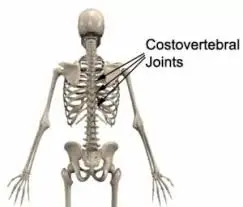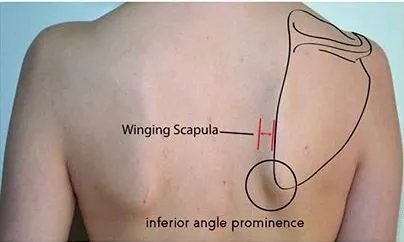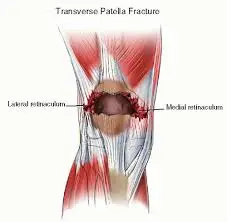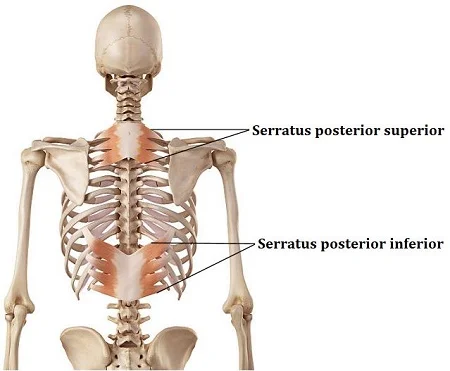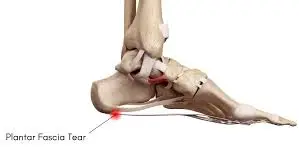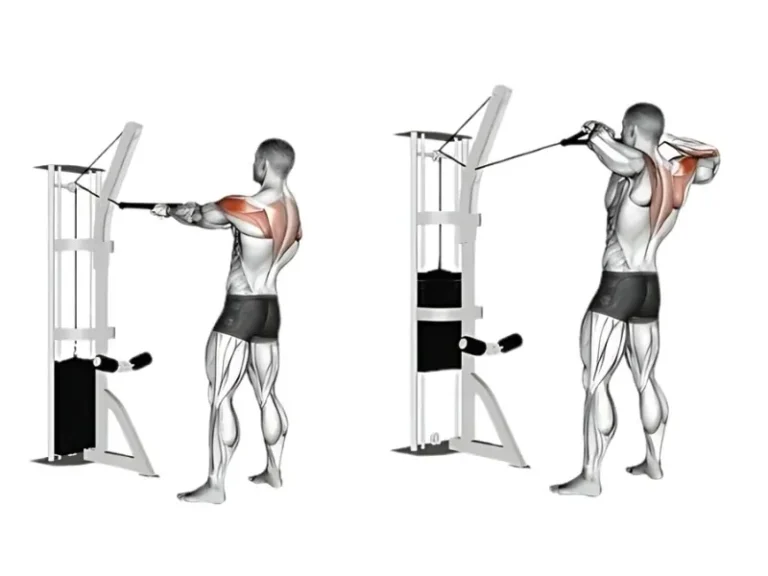12 Best Workouts for Upper Chest
The upper chest, primarily targeted by the clavicular head of the pectoralis major, plays a key role in achieving a fuller, more defined chest. Strengthening the upper chest improves upper body performance and symmetry. Effective upper chest workouts typically involve incline angles to better activate the upper pec fibers. Introduction: Many people overlook the significance…


